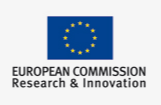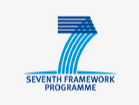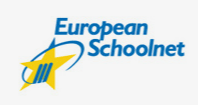|
 Summary of the week
Summary of the week Summary of the weekThank you for all your posts on the Week 1 message board about FLOSS. We talked about both what software people are using, as well as issues you have with using FLOSS, and in some cases what is stopping you from using FLOSS in your school.
Here is the FLOSS you said you are using: VLEs (Moodle, Viko, Fronter) Joomla Liferay (eg this Community of practice) Image editing (IrfanView, Picnik, Gimp, Picasa), Zimbra (email) Sound editing (Audacity) Mind mapping (Mindomo.com) Scribus Open Office, Google documents, survey creation (Google form, www.surveymonkey.com and others) Astronomy (stellarium and Celestia) Maths (Geogebra) Physics (free simulations)
Here are some of the issues & problems we talked about: Cannot download software on school computers Difficult to use Time-consuming to use Language barrier (software not in my language) Software going Software initially free, then not Forced to use free software (e.g. Linux in all schools in a region), but quality an issue Google tools - are they free software (no access to code, so not open source) Persuading colleagues to use FLOSS can be difficult (people not open to new ideas and approaches)  Document Library
Document Library Access from my desktop.
| Week 1: 12-18 MarchFree, Libre, Open Source Software (FLOSS)What is FLOSS?Free, Libre, Open Source Software (FLOSS) is any software distributed under a licence that allows users to change or share the software source code. The three most important characteristics of FLOSS are that:
Why is FLOSS interesting for education?
For more information on FLOSS and education, read this Futurelab report on FLOSS The Strengths and Weaknesses of FLOSSSome of these can be found in this document  Topic 1
Topic 1 Some examples of where FLOSS is used in schoolsFLOSS can be used virtually anywhere in a school setting. See this document for some examples. Where do you use FLOSS in your school?Take part in a discussion about how you use Free, Libre Open Source Software in your school, in teh message board, here: http://ingenious-science.eu/web/cop-technology/week-1/-/message_boards/message/38012  Topic 2
Topic 2 What are the barriers to using FLOSS in your school?What are the practicalities of using FLOSS in school?
What are the specific issues or barriers stopping you using them?
Mentioned earlier this week by people on the Community are issues such as:
|


